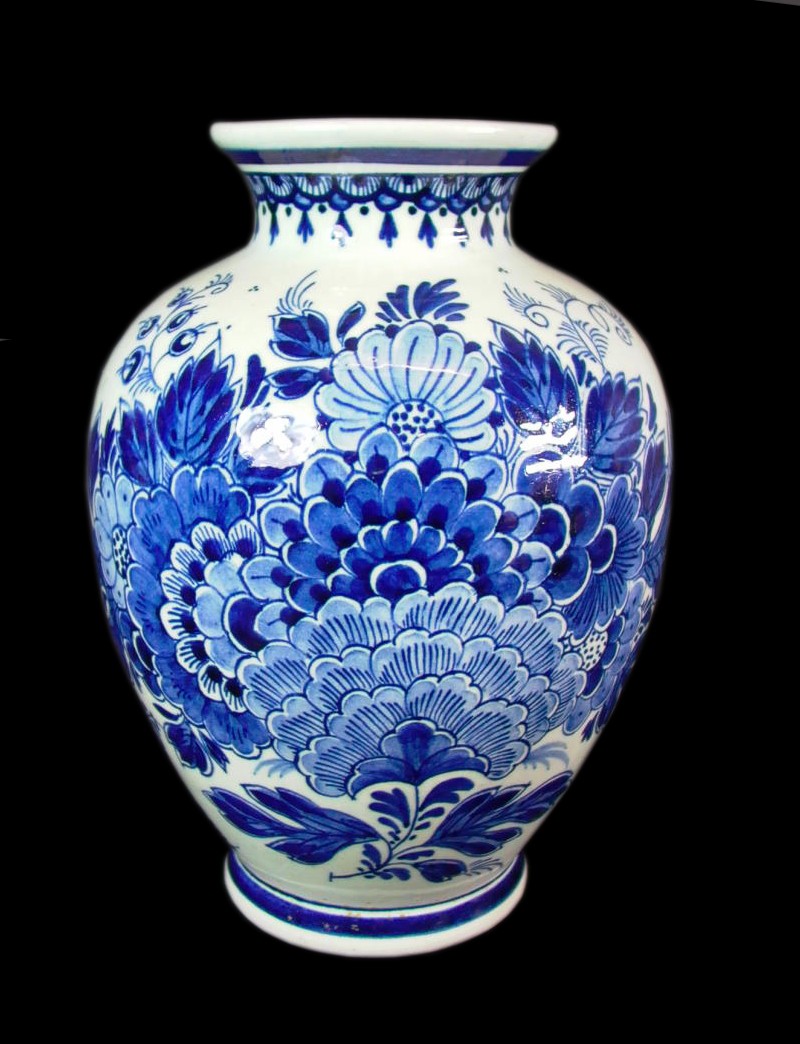Delfter Porcelain

Delft ceramics - an almost extinct porcelain art
Some Dutch faience workshops called themselves porcelain factories at the end of the 17th century. They imitated Chinese porcelain and thus differed from the "Plateelbäckers". The workshops thus met the demand for East Asian goods among the less well-off. The focus was not on the material, but on the outward appearance. In this period, Italian faiences had conquered the European art market and offered affordable manufactured goods to the well-off citizen.
The underglaze colour offered many possibilities for imitating Chinese models. In the 16th century, trade relations between Italy and the Netherlands were particularly lively. Soon the faience production became independent and developed its centre in Delft, but also in Rouen and Nevers in France and in the Rhine-Main area. Especially in Rouen, a carefree courage soon developed to produce a variety of objects made of faience: Tableware, small pieces of furniture, wall fountains, lamp tables, stand chandeliers, architectural elements, animals, figures and also the first night tableware (Bourdalou). In contrast to Delft, Rouen was oriented towards motifs of the Italian Renaissance.
Delft porcelain belongs to the ceramic group.
